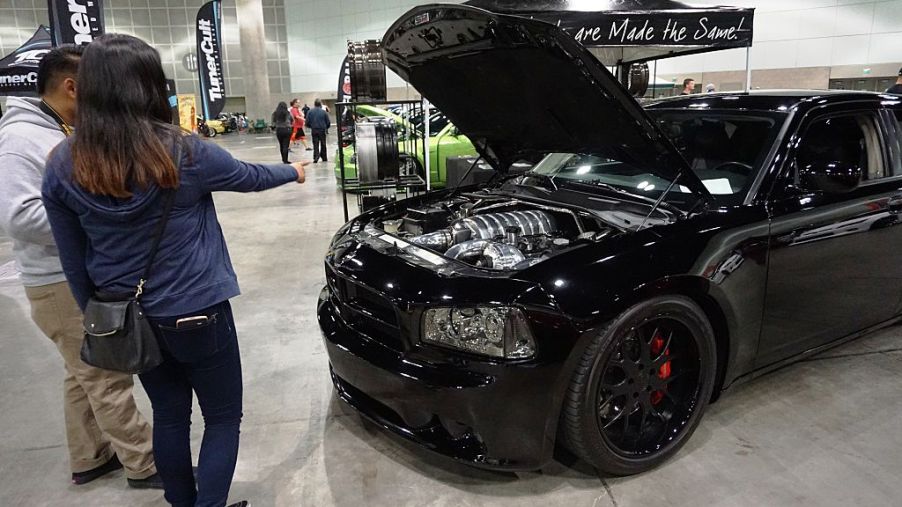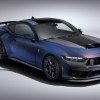
The Worst Dodge Charger Model Year You Should Never Buy
Dodge Charger enthusiasts are some of the most loyal around. Many people have owned multiple models over the years and can tell you every quality and pitfall for each. But, for anyone who may be new to the muscle car in recent years, and who might consider joining the Charger fan club, there is one model year you should never buy. We’ll explore what year you should avoid altogether and why it’s considered such a problem year in the first place.
The Dodge Charger is beauty, brains, and muscle
This mighty muscle car from the ’70s made its comeback in 2006 and brought with it everything we loved about the classic beast. New for 2020, fans can expect a new Widebody version for the Hellcat and Scat Pack, as well as the debut of the Daytona 50th Anniversary Edition.
There are beefy V8 engine configurations for every level of preferred performance, including the 707-hp for the Hellcat. The Charger is smart with user-friendly infotainment, and stylish trim levels and graphics for beautiful personalization.
The 2006 Dodge Charger is the worst model year ever
Buying a Dodge Charger with a few years on it can often be a smart purchase. As you browse the classifieds and dealership websites, you should be mindful of any 2006 models that catch your eye.
According to CarComplaints.com, it’s the worst model year based on the actual number of customer-reported problems as well as costly fixes. So, what’s so terrible about the 2006 Charger?
Engine problems you can avoid, by avoiding 2006 altogether
For many consumers, premature engine failure and engine failure while driving were serious situations. According to the reports from these Dodge Charger owners, the premature engine failures began to occur around the 94,000-mile mark.
To fix and repair the problem, these folks had to shell out an average of $5,500. For those who experienced stalled engines while driving, they spent around $3,300 at approximately 100,000 miles.
2001 wasn’t a strong year either
While the 2006 Dodge Charger presented with the more serious engine-related problems, the 2001 Charger had some hiccups, as well. According to CarComplaints.com, there were a host of electrical issues, including over 40 reports of alternator failures.
Of course, replacing an alternator isn’t as costly as the engine, but for many, it was still over $600. The average mileage for when these alternator problems occurred was 53,000. Meaning, it was enough of a problem early on, to be somewhat of a hassle.
Not all model years had problems
Not all Dodge Charger models have reported problems. In fact, contrary to the most problematic years of 2006 and 2001, there were several years the Charger had a good run. If you’re considering a 2010 or 2013 model, you’ll have a model year with very few complaints overall. While collecting ownership data on the more recent models, including 2016 through 2019, might take more time to gather, there isn’t much to report in the way of concerns for now.
If you’re buying a Dodge Charger, you’re more than likely buying it for the engine and horsepower. You may be interested in other features, but part of its luster is its ability to hustle.
You’re about to join an elite peer group of Dodge Charger enthusiasts, and you’re excited to find your perfect model. The last thing you expect is to invest in one of these powerhouse cars and have to encounter serious engine failures before you roll six-figure mileage.
Avoid the hassle altogether and steer clear of the 2006 Dodge Chargers. At the very least, be cautious and ask about any engine repairs or problems before you buy.


